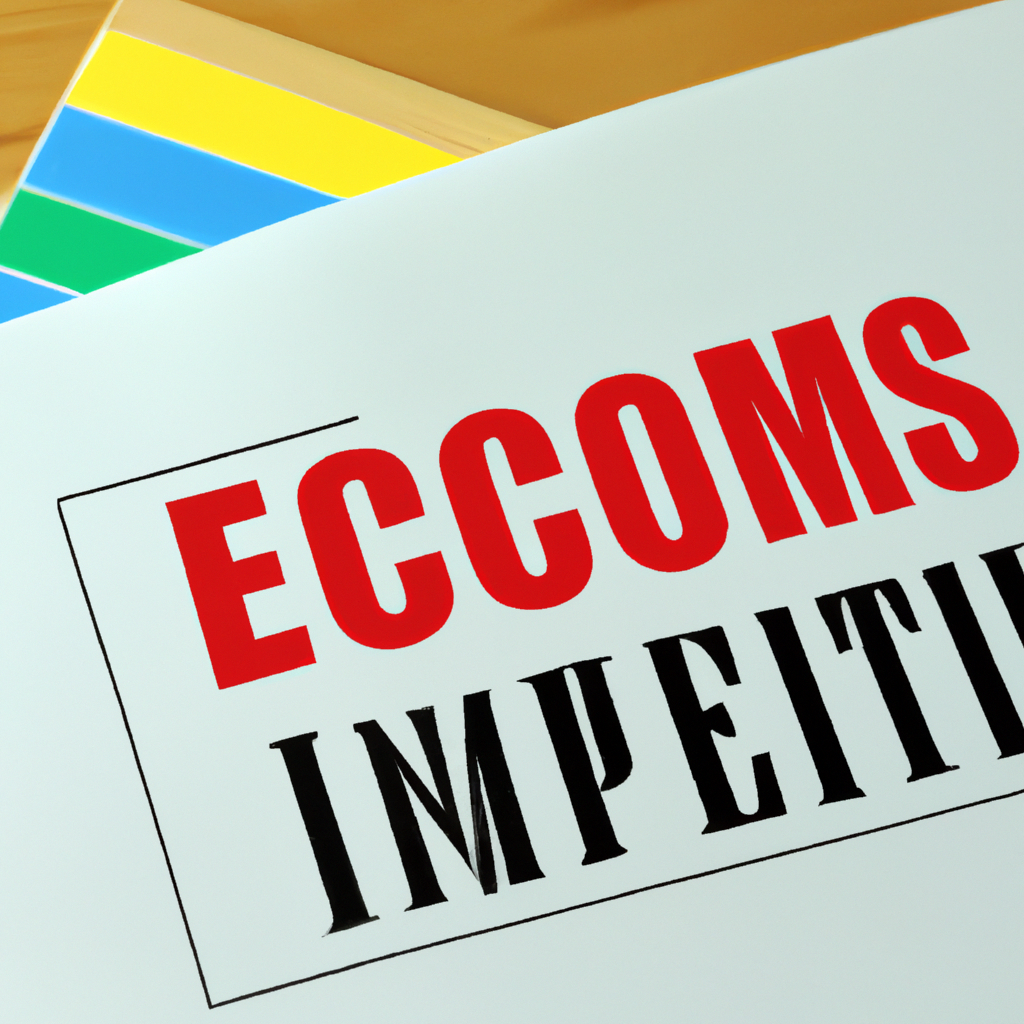
Economic Indicators Reports
Introduction
Economic indicators reports are essential tools for analyzing the health of an economy. These reports provide valuable insights into various aspects of the economy, such as employment, inflation, and consumer spending. By monitoring these indicators, policymakers, investors, and businesses can make informed decisions about the state of the economy.
Types of Economic Indicators
Gross Domestic Product (GDP)
GDP is one of the most widely used economic indicators. It measures the total value of all goods and services produced within a country’s borders. A growing GDP indicates a healthy economy, while a declining GDP may signal a recession.
Unemployment Rate
The unemployment rate measures the percentage of the labor force that is unemployed and actively seeking work. A high unemployment rate can indicate economic weakness, while a low unemployment rate suggests a strong economy.
Inflation Rate
The inflation rate measures the rate at which prices for goods and services are rising. Inflation can erode purchasing power and reduce the value of money. Central banks often target a specific inflation rate to maintain price stability.
How Economic Indicators Reports are Used
Policy Making
Governments use economic indicators reports to formulate economic policies. For example, if the unemployment rate is high, policymakers may implement measures to stimulate job growth. Similarly, if inflation is rising, central banks may raise interest rates to curb price increases.
Investing
Investors use economic indicators reports to make investment decisions. For example, a positive GDP report may lead investors to buy stocks, while a negative report may prompt them to sell. By analyzing economic indicators, investors can anticipate market trends and adjust their portfolios accordingly.
Business Planning
Businesses use economic indicators reports to assess the state of the economy and make strategic decisions. For example, a company may expand its operations during a period of economic growth, but cut costs during a recession. By monitoring economic indicators, businesses can adapt to changing market conditions and maximize profitability.
Conclusion
Economic indicators reports are valuable tools for understanding the health of an economy. By monitoring key indicators such as GDP, unemployment, and inflation, stakeholders can make informed decisions about policy, investments, and business strategies. By staying informed about economic trends, individuals and organizations can navigate the complexities of the global economy with confidence.






